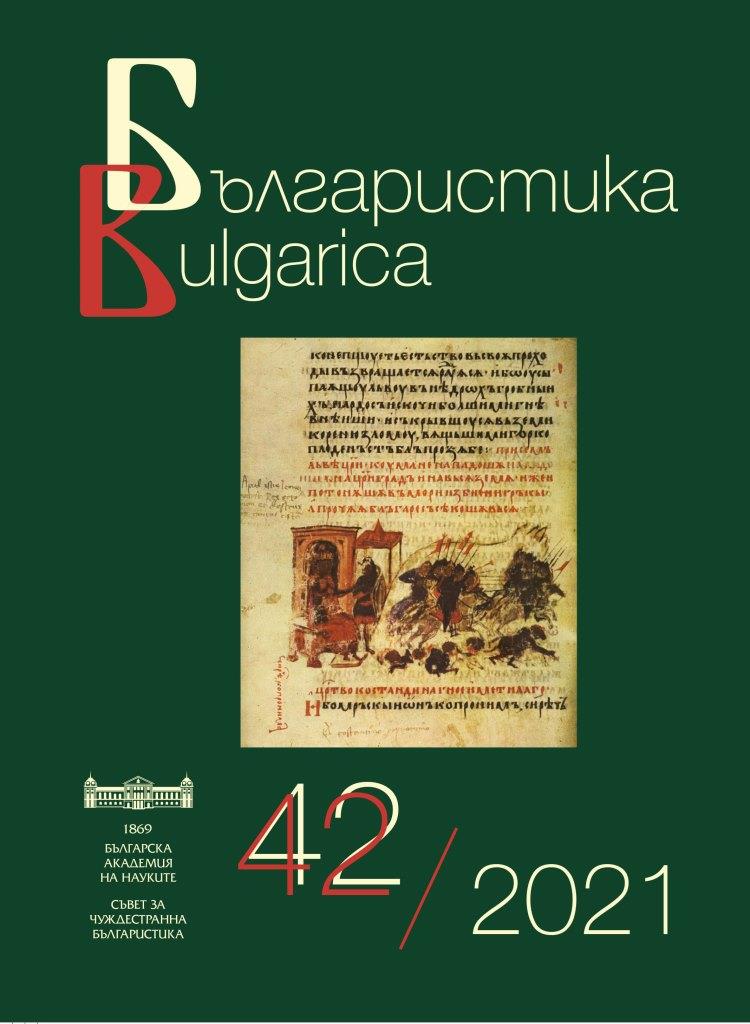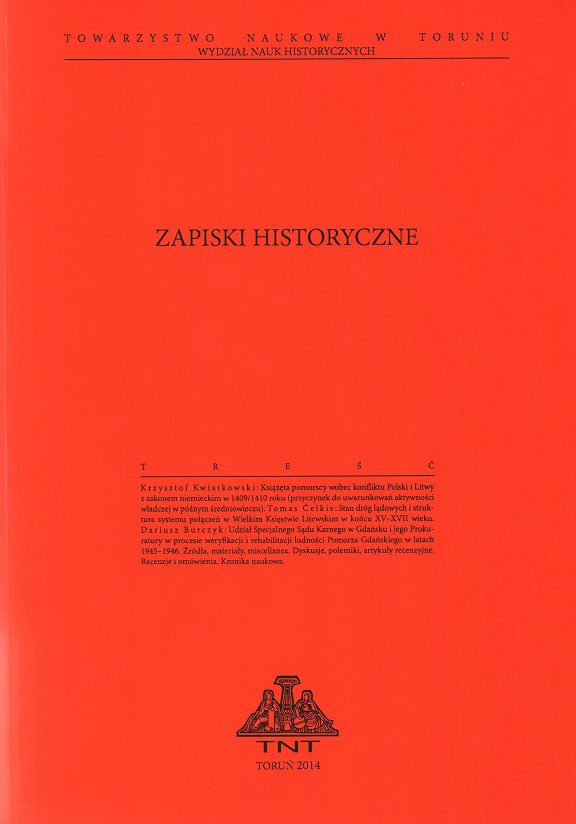
We kindly inform you that, as long as the subject affiliation of our 300.000+ articles is in progress, you might get unsufficient or no results on your third level or second level search. In this case, please broaden your search criteria.

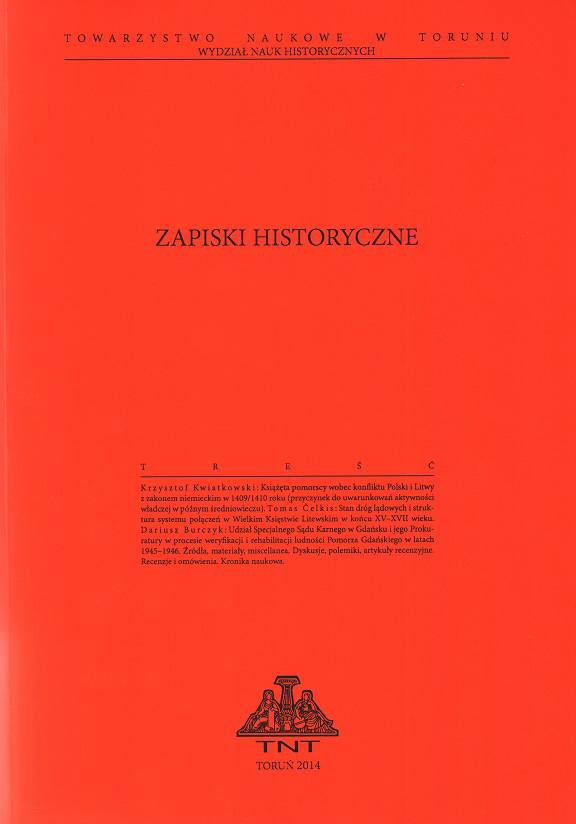
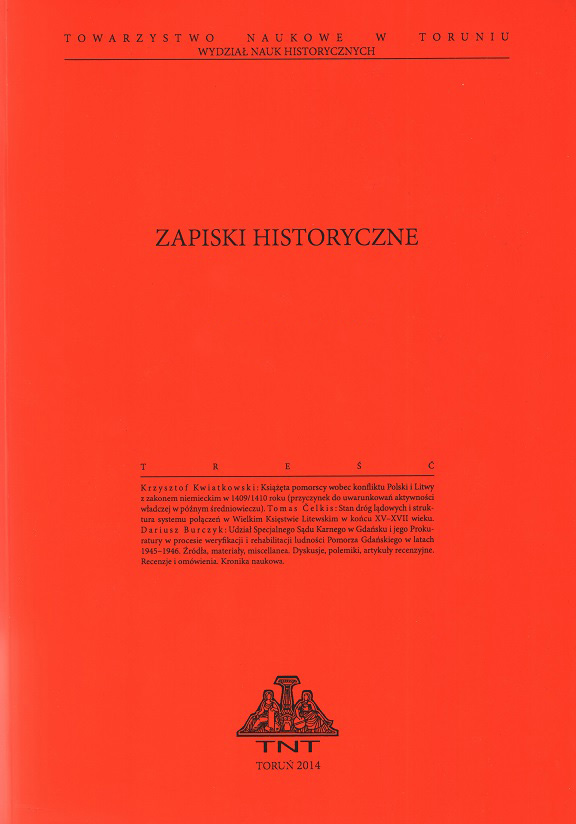
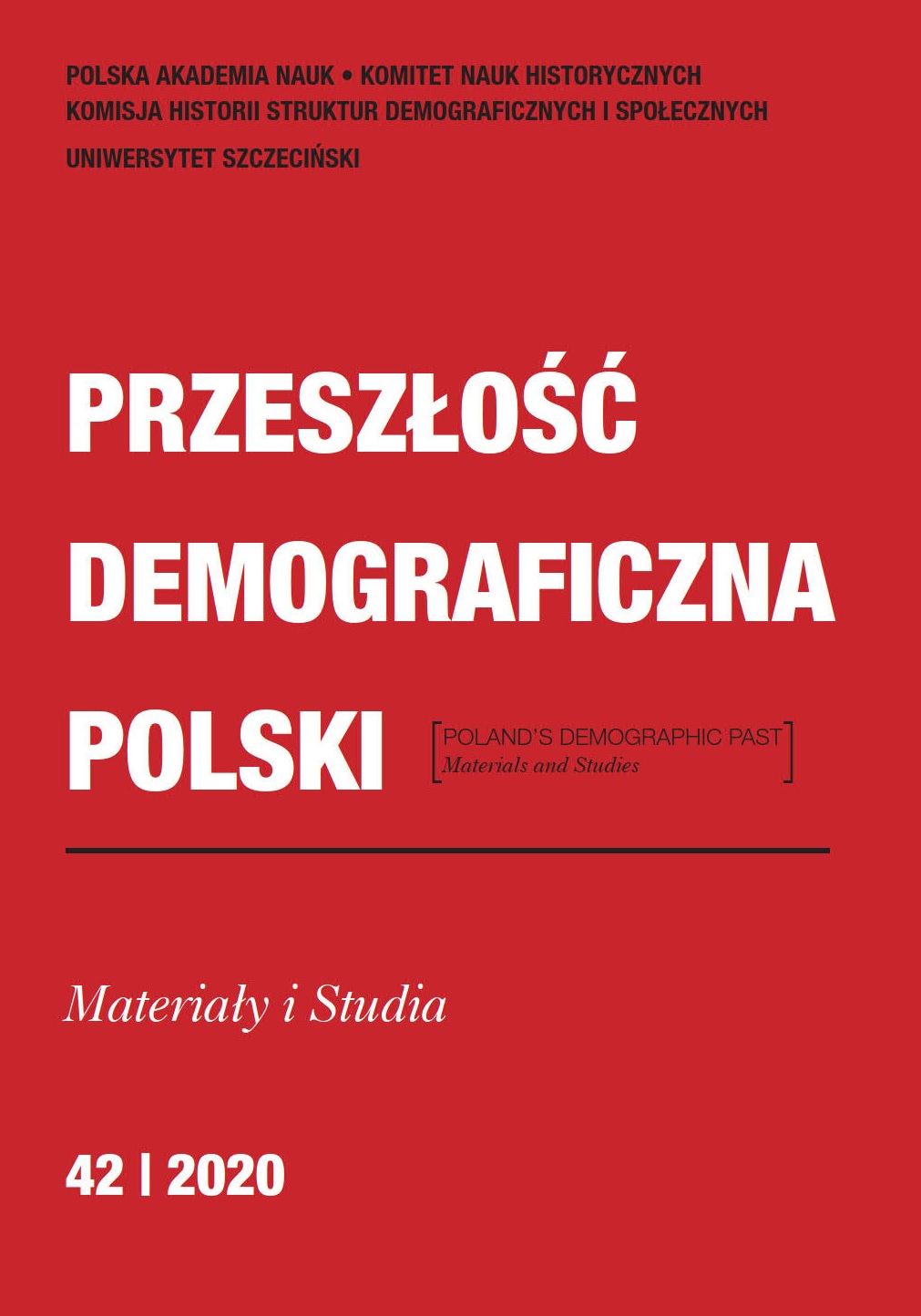
The objective of the article is an attempt to find the answer to whether the agrarian reforms of the 1860s carried out in Russia affected the individual’s life cycle in peasant Catholic families in Podlasie which, after 1807, was included in the Grodno Governorate. In Polish historiography the subject of the individual and the family’s life cycle in the 19th century has not yet been adequately researched; hence these studies are intended to fill this gap, at least in part. In this paper a cross-section analysis of demographic phenomena was employed, which is based on three lists of the inhabitants of the large Podlasie parish of Trzcianne, drawn up in the years 1843–1910. The research value of the lists was evaluated with the help of three indexes: Whipple’s index, the total modified Whipple’s index (Wtot) and ABCC . The application of the cross-section method aimed at illustrating the dependence between the age and the status of the individual (children, household servants, householders, independent female heads of households, relatives and lodgers) in the household. The article devotes more attention to the pace of children’s leaving family homes, as well as the status of old people, i.e., 65 years old and above, always including their sex.
More...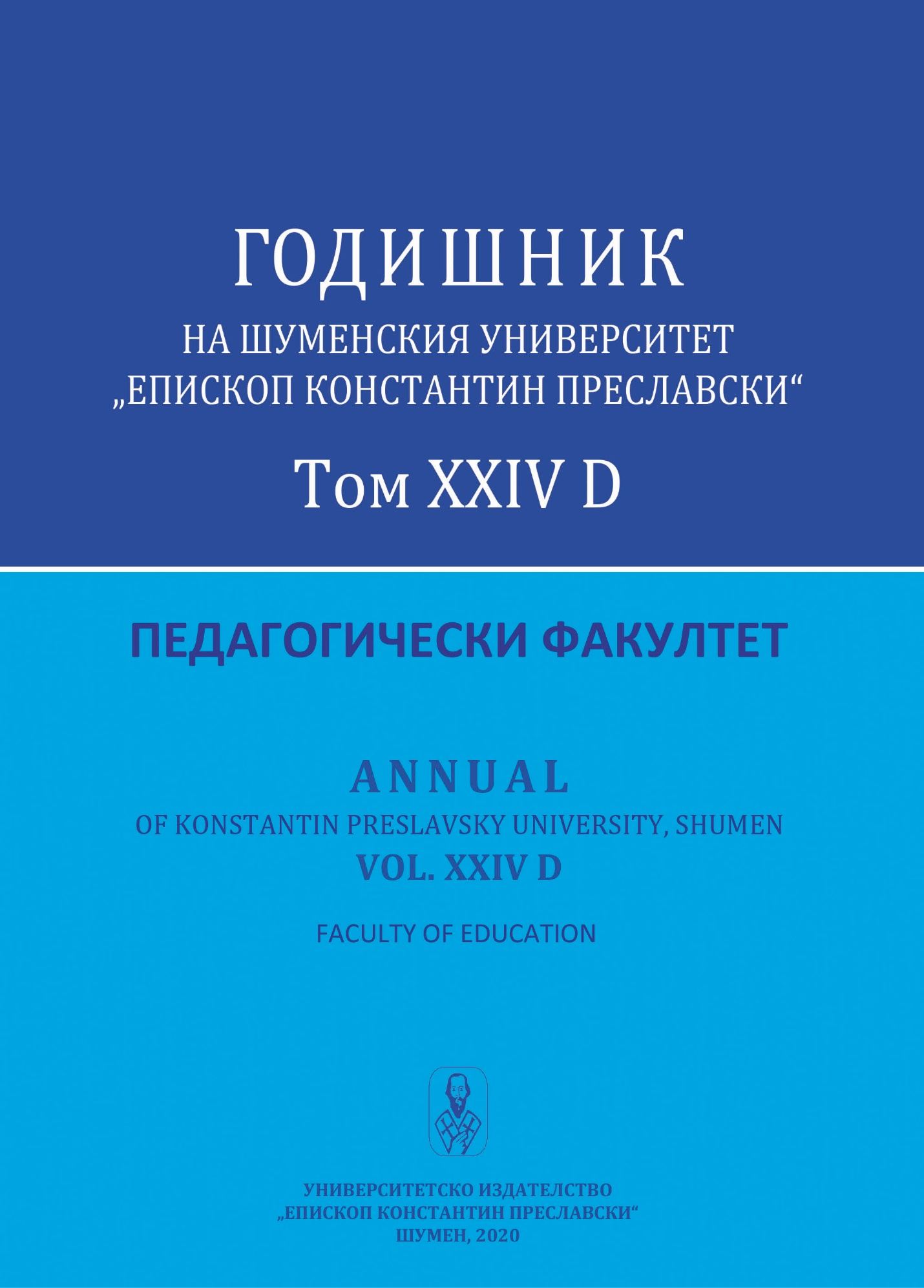
The research presents the normative regulations of teacher council in Bulgarian school from 1878 till 1944. The analysis of the normative documents reveals rights and obligations of teacher council.
More...
The current study reviews and traces historically the establishment of social work respectively social legislation in Bulgaria. The purpose is to present the historical background of the Bulgarian state on solving social economic problems concerning social protection from the Liberation to 1944, as well as some of the reasons for legislation initiation from social and legal perspectives.
More...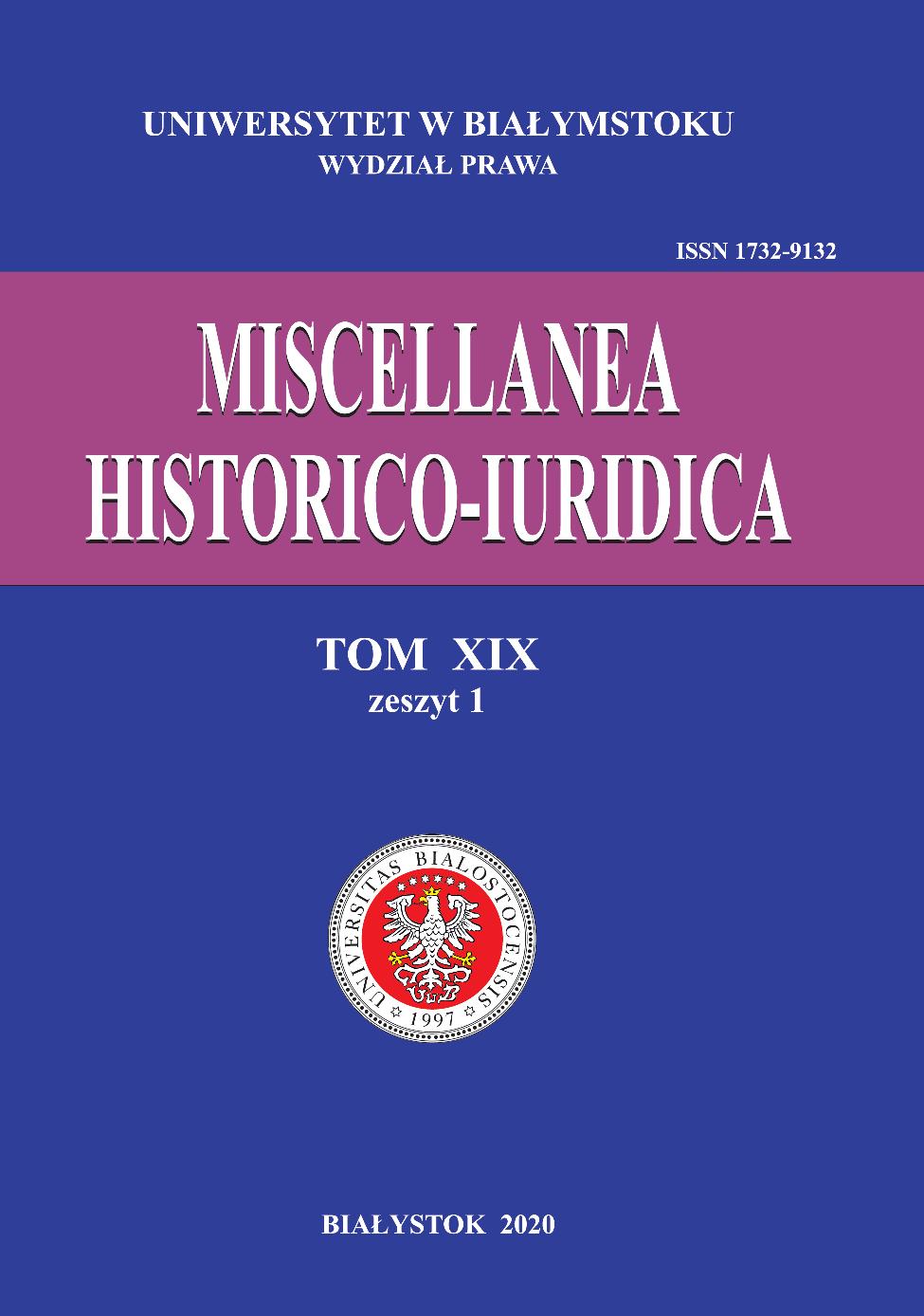
The article presents the controversy around the concept of childhood and subjectivity of a child in past centuries - in the Middle Ages and the early modern period. One of the analyzed issues concerns the existence in medieval culture of understanding the child as a being different from an adult. According to the widespread view, formulated in the 1960s and 1970s by Philipp Ariés, childhood in the Middle Ages was not noticed, it was not considered a separate, important stage in human life, a period governed by specific rules, different from important principles of the adult community. The child entered the adult world very early and assumed the role assigned to him. The discovery of childhood did not take place until the 16th and 17th centuries, when it began to be recognized that the child was and should be the subject of special treatment. Ariés' view of the non-existence in the Middle Ages of the sense of separateness of childhood is criticized by some medievalists - they accuse the French researcher of technical defects and an analysis of unrepresentative, too scarce source materials. According to the adversaries of Ariés, the analysis of childhood in the Middle Ages cannot be based on the modern definition of this term, just as considering the relationship "children - adults" in the Middle Ages cannot refer to contemporary categories. Opponents of the thesis about the non-existence of the concept of childhood in the Middle Ages argue that this epoch had its own vision of it, but it was a vision definitely different from the present one. The early modern period bring a new approach to childhood and the subjectivity of a child - the seventeenth century, in addition to the approach that the child placed at the center of family life, promotes an attitude that places particular emphasis on the child's development and fulfilment of its mental needs, while the eighteenth century brings a "romantic" vision of the child when it becomes - as a bearer of exceptional qualities and a creature of extraordinary sensitivity - a role model for adults. The development of education has certainly contributed to the formation of a subjective approach to children; the evolution of the attitude towards children in the human mentality finds its fullest reflection in the development of education and school institutions. Today, the concepts of childhood and the subjectivity of a child are the subject of complex interdisciplinary research - scientists from various fields of science combine their efforts to develop the most complete concept of childhood, corresponding to the challenges of modern times.
More...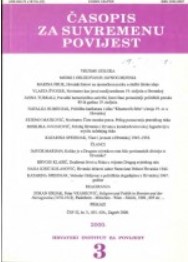
Review of: Pavao Knezović - Župa Dubravice u prostoru vremenu (urednik fra Petar Klarić), Dubravice 2000
More...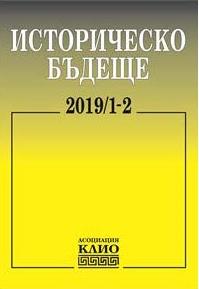
There are key names among the representatives of the Alevi-Bektashi poetic tradition, whose life and work have been closely related to the Balkan Ottoman provinces, and more specifically, today’s northeast and northwest Bulgarian territories. In this sense, these are poets who originated from the community itself here, or settled here and became an integral part of the emerging Balkan Alevi-Bektashi community. Among them are key names of people who are related to this religious-mystical poetic tradition, for whom we can find nothing in the Ottoman biographical collections, but who are important for the functioning of this tradition here. Muhyiddin Abdal belongs exactly to this group. In this article, for the first time in the Bulgarian scientific literature, an attempt is made to present the information about the personality of Muhyiddin Abdal. His religious-mystical affiliation is commented on and attention is paid to the research interest in him in the Turkish scientific literature. Information is given about the cult center associated with his name and located in Eastern Thrace near the village of Hacı danişmend (region of Lâlâ Paşa, Edirne vilayet, Turkey). The most widely considered are the religious-mystical and ethical views, represented in his verses, some of which are given for the first time in Bulgarian translation. The thesis is argued that Muhyiddin Abdal belongs to an Islamic mystical tradition, intertwined with Alevism, Bektashism, Calendarism and Hurufism. The study emphasizes on the two key motives in his verses – the cult of Ali ibn Abu Talib and the cult of Man as a higher creation of God and the Universe. The verses presented in the article are extracted from two notebooks with nefesi (religious-ritual songs), written in the Ottoman Turkish alphabet, found by us in the village of Sevar (Ceferler), region of Razgrad, and from a dozen notebooks with nefesi written in Turkish Latin belonging to representatives of the Alevi-Bektashi community in the villages of Sevar, Mıdrevo, (Mesimahlesi), Bisertsi (Kasçılar), Ostrovo (Ada köy), Razgrad area. In conclusion, the verses of Muhyiddin Abdal play a key role in affirming the Alevi beliefs and the Hurufi and mystical views that are adapted to them in a specific interpretation in the Eastern Balkans and in particular the northeastern Bulgarian territories in the Ottoman period. The ideas presented in them about Man quite deservedly raise him to the level of his predecessor Yunus Emre – a standard of humanism in Türk (respectively Turkish) religious-mystical poetry.
More...
A presentation of the collective monograph ‘Thessaloniki and the Bulgarians: History, Memory, Modernity’, edited by Institute of Balkan Studies and Center of Thracology – Bulgarian Academy of Sciences
More...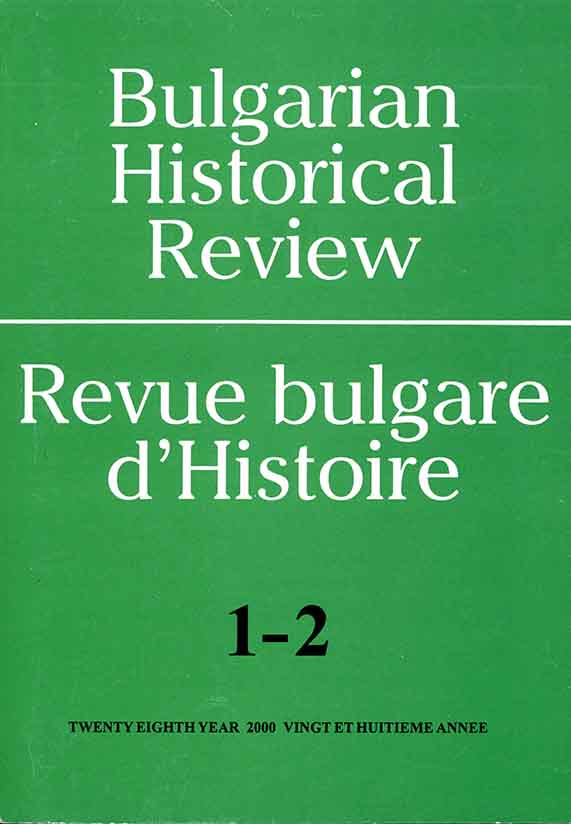

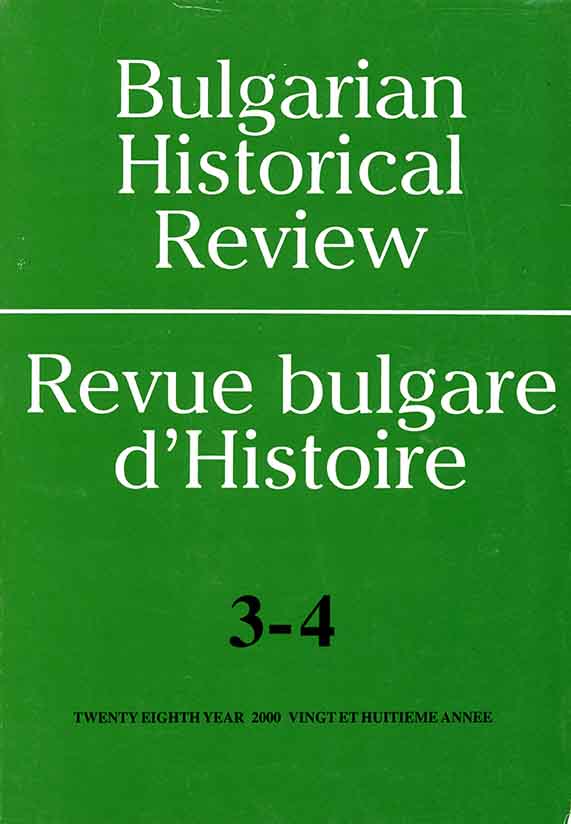

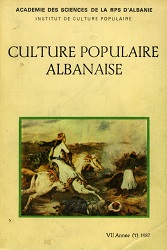
C’est à notre honneur national que dans la vie et l’oeuvre de K. Marx, se trouvent ses opinions qui s’attachent à l’Albanie et du monde albanais. Bien qu’elles soient secondaires dans son riche héritage, il faut les connaître et les étudier.
More...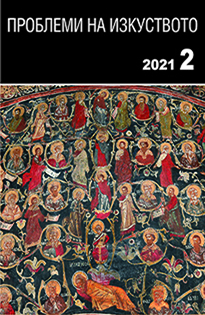
The object of this study is the icon of the Holy Mother of God Oikonomissa from the National Church Historical and Archaeological Museum whose style relates it to the works of an icon-painter who was unknown in Bulgaria until recently and whose rich creative life associates him with the Athonite painting. On the basis of our knowledge of his commissions in a number of Athonite monasteries one might also guess the time when the icon was created. Special attention has been paid to the iconography of the Holy Mother of God Oikonomissa and to the selection of saints around the throne of the Mother of God which could guide us to some assumptions as to which church the icon was intended for.
More...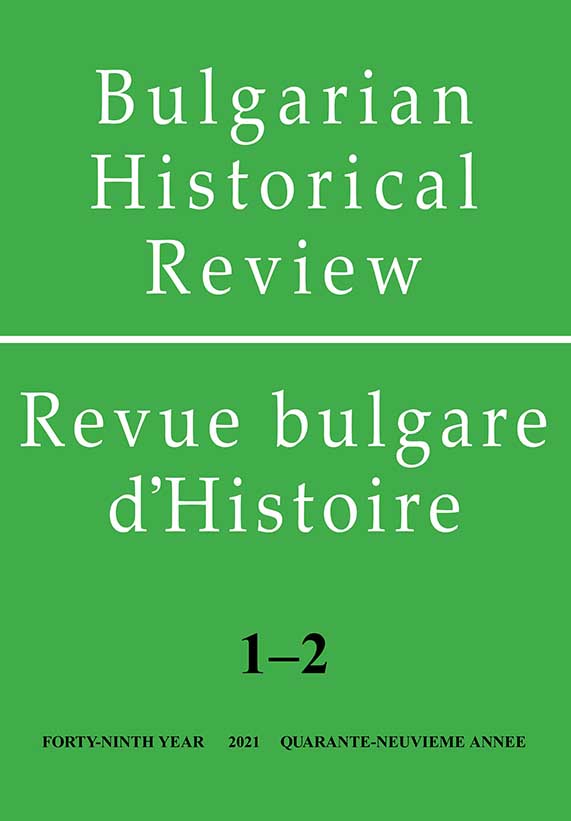
Within the humanities, the study of human potential is one of its main directions, in which the individual appears both as a subject and as an object of study. In this context, an essential element of this direction is the disclosure of the demographic characteristics of society. The clarification of one of them – the specifics of the demographic development of Bulgaria in the period 1878–1912, is the aim of the presented study. Summarizing the analysis of the specifics of the demographic development of Bulgaria in the period from 1878 to 1912, we can conclude that the outlined trends in the dynamics of the main demographic processes and structures, although formed during the period under study, had a lasting impact, influencing the demographic state of the country in the subsequent historical epoch.
More...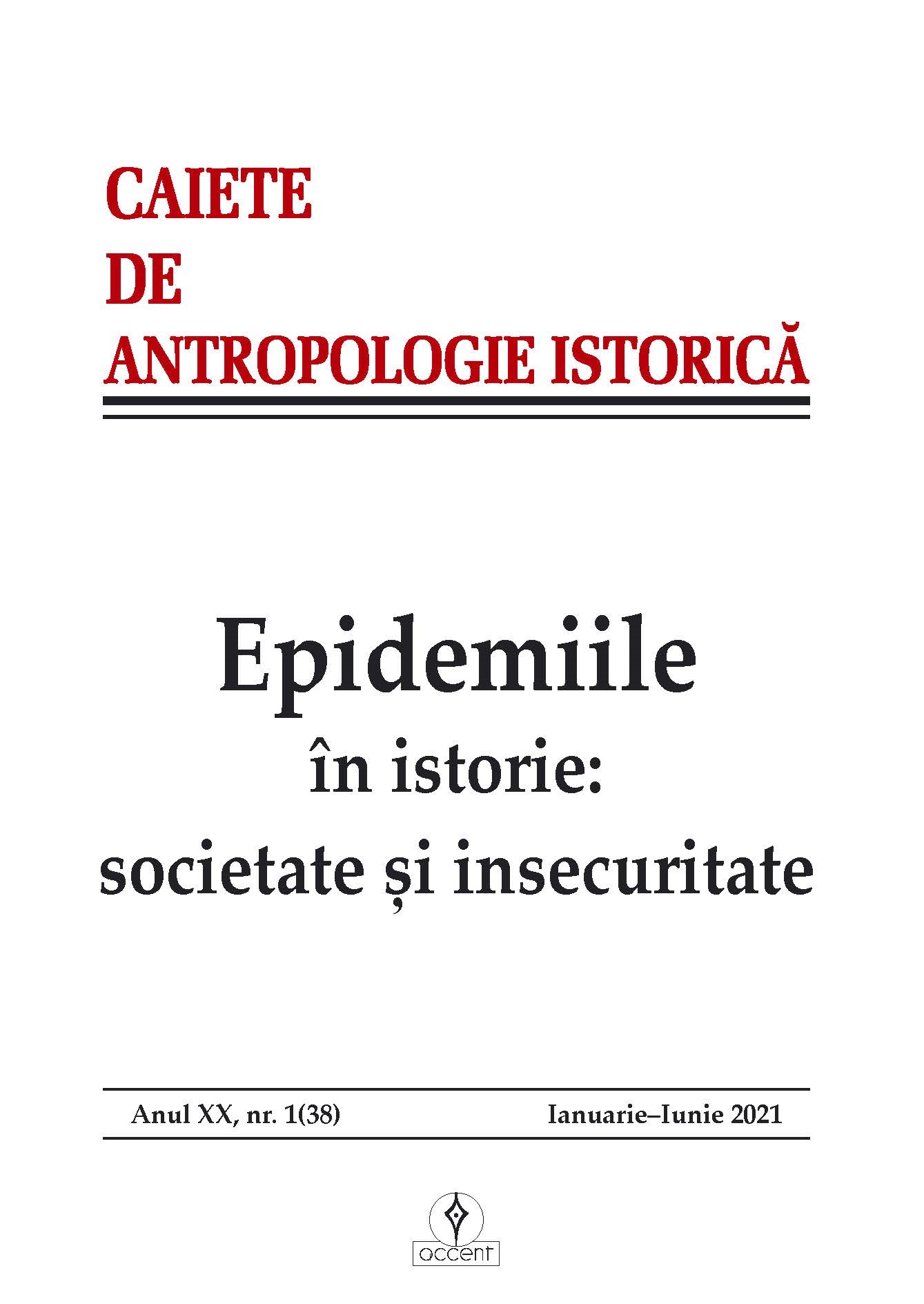
The plague, “this great figure of the past,” in the words of historian Bartholomew Bennassar, was one of the most threatening calamities to befall human communities. On the scale of the European continent, the plague manifested itself over a cycle of about four centuries (from the black plague of the fourteenth century to the beginning and middle of the eighteenth century, for Western Europe, and the first decades of the nineteenth century, for the space of Eastern Europe). According to experts, the plague had the worst demographic consequences in pre-industrial societies, killing a third or, according to some statistical estimates, half of European populations. The scourge was caused by a bacillus, Yarsinia pestis, named after the French doctor Alexandre Yarsin, who discovered it in the laboratory at the end of the 19th century. The most common was bubonic plague, with a mortality of about 70–80%, among the contaminated cases, while septic and pulmonary plague reached a mortality rate of 100%. All episodes of the plague were accompanied by other misfortunes, such as collective panic, famine, wars, social violence: robberies, abuses, crimes and arson. Western society succeeded in eradicating the plague on the European continent in the early 18th century, benefiting from advances in the medical sciences, more effective hygiene and treatment measures. The plague haunted the center and southeast of the continent until the third decade of the nineteenth century. Heterogeneous environments, marked by the most diverse beliefs and superstitions, were crossed by panic of proportions, due to the large number of victims. Ecclesiastical and secular discourses showed visions of the causes and consequences of plague epidemics. A series of chroniclers and chroniclers left descriptions, more or less consistent, about the terrible manifestations of the plague in Transylvania and the Romanian Lands. The collective memory has preserved the memory of this scourge in a series of names of places which recall the confrontation with this terrible epidemic.
More...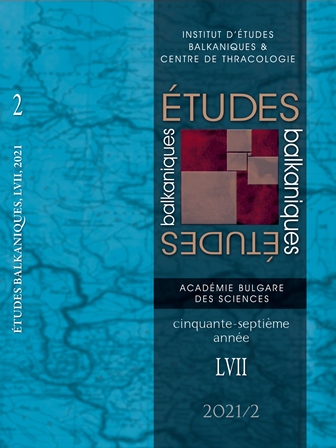
The Greek puppet theater had just taken its first professional steps in the Greek capital in the 1880s when a famous Italian marionette troupe visited Athens and undertook to introduce the urban audience to the unknown art of the marionette · to the traditional repertoire and, more importantly, to the glitzy luxury of the latest choreography and the phantasmagoria of the technological developments on the European stage. This article aims to give a clear picture of the first marionette troupe’s visit to the Athenian terrain and focuses on how the reception of the new entertainment interacted with and impacted the already existing domestic experience.
More...